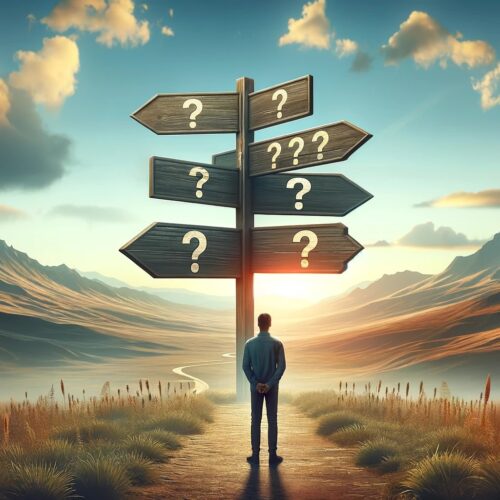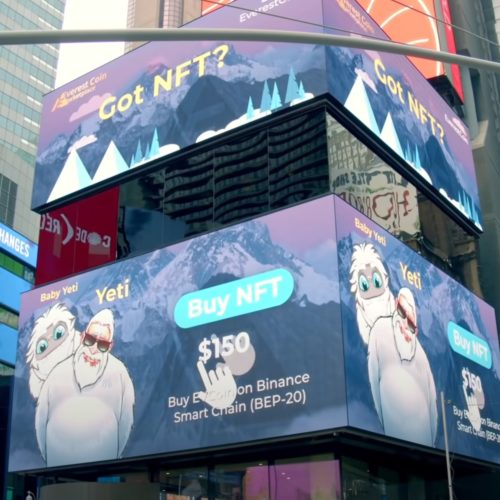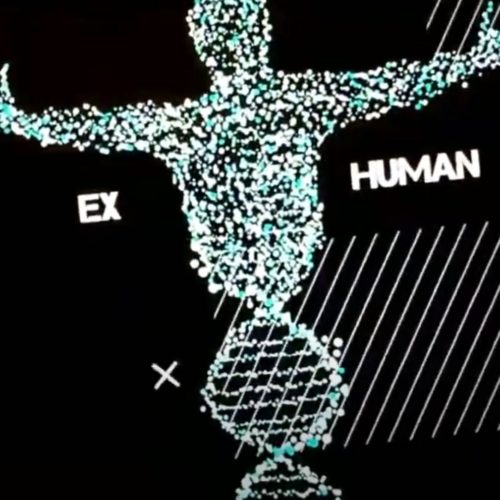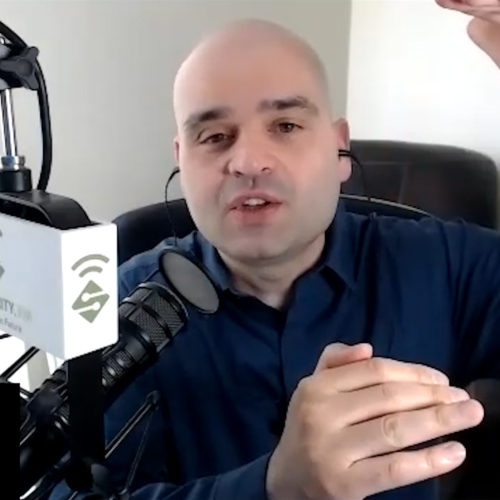Challenges for the Next 100 Days of the COVID19 Pandemic
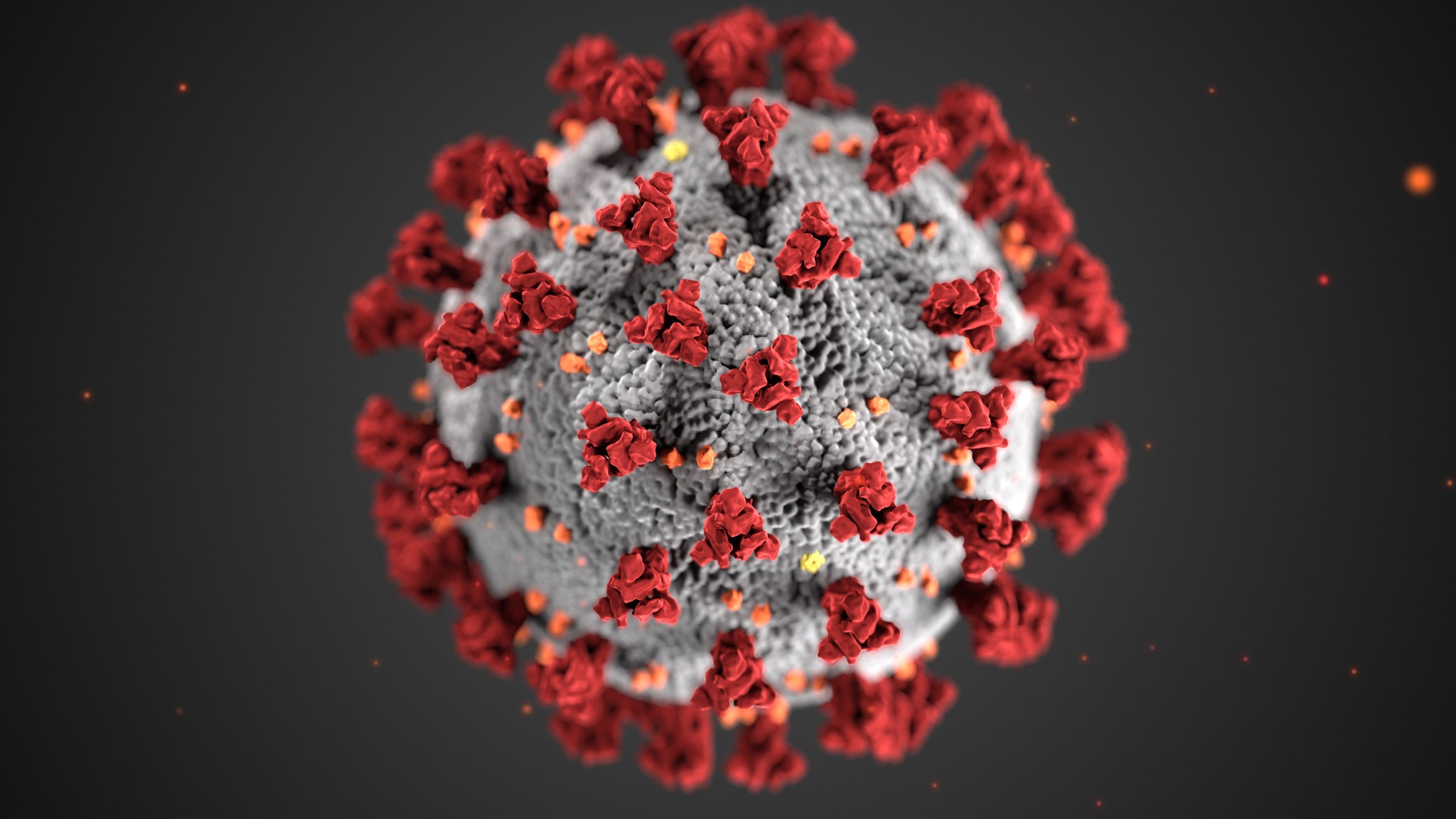 A journalist from the National Post, working on a feature about the next 100 days of the COVID19 pandemic, has asked me to briefly address 3 questions:
A journalist from the National Post, working on a feature about the next 100 days of the COVID19 pandemic, has asked me to briefly address 3 questions:
- What would be our biggest challenges for the next 100 days?
- What we will (or should) do differently?
- What keeps me awake at night?
To be honest short term predictions like this are not really something that futurists do. Part of the reason for that stems from the difficulty in separating the signal from the noise within such a short period of time. Another part is that futurists can’t really predict the exact future but, at best, might be able to identify the big long-term trends which are likely to shape it. In other words, futurists might see the trends, not the outcomes, and, despite our best efforts, we don’t have a crystal ball. So we are often wrong. And this problem is exasperated within very short-term timelines – like 100 days, where big trends are often obscured by the noise of temporary phenomena.
Still, having made the above disclaimer, I will go out on a limb and do what I should not do by replying to her 3 questions:
- Whatever the actual trend of the COVID19 pandemic turns out to be – be it ramping up or winding down, one of our biggest problems within the next 100 days will be the synchronization of COVID19 policies both within and among different jurisdictions such as municipal, state or provincial, federal or international. We have already seen examples like Brazil and the United States where divergent messages and lack of coordination have ruined relations and hampered the ability to effectively slow down the pandemic. In other cases such as New Zealand, Korea, Taiwan, Singapore, and China, large-scale coordination has been a crucial factor in slowing down or de facto eliminating the pandemic. Whether we experience a 2nd wave or a winding down of the outbreak, both possibilities require a coordinated effort among many vertical and horizontal jurisdictions. Whether to reopen and return to normal, or to test, produce and deliver a vaccine, or to reinstate quarantine measures, one of the biggest challenges we will be facing for the next 100 days is doing it in a synchronized and mutually reinforcing, rather than mutually detrimental and exclusive manner. Failing this will hamper our effectiveness in diminishing death, infection rates, chaos, and overall damage to the economy.
- What we should do differently is start waking up to the fact that we are all connected to the point that our individual and collective fate – be it with respect to Pandemics, Global Warming, Nuclear Weapons, or Artificial Intelligence, is inseparable from that of those living on the other end of the world. And this is where we can find an opportunity to start developing what the Dalai Lama calls “a sense of oneness.” Because the major 21st-century problems cannot be solved within borders with the traditional “me vs you” or “us vs them” mindset but require a unified global approach that can come only after we stop seeing ourselves as different.
- What keeps me awake at night is the fact that many politicians, governments, and businesses are and will use the COVID19 pandemic to push quick fixes, extreme policies, and miracle products. Thus, in the name of expediency, security, and health, we are going to be vulnerable to both political and commercial manipulation due to our inability to focus on and process what’s important, as opposed to what’s urgent. Consequently, in the next 100 days, we may tolerate policies and accept products that would have been neither tolerable nor acceptable pre-COVID19. So we must continually educate ourselves and stay vigilant both at home and abroad. For example, we can already see China’s attempt to use the pandemic to justify banning public protests and introduce laws of oppression in Hong Kong. Other examples abound and they don’t have to be necessarily as duplicitous or ill-willed to end up diminishing personal freedom and privacy or create opportunities for abuse and other long-term problems. India’s rushed, poorly built, and mandatory COVID19 tracking app is just one example. Finally, recent events in the United States and Europe have clearly demonstrated that no nation or jurisdiction is immune to political or commercial manipulation with long-term negative effects the depth of which are at present impossible to calculate. It is important to note that the USA, Russia, and Brazil – the 3 major countries led by populist leaders, are already the countries with the highest infection and mortality rates in the world. So it is not impossible that the COVID19 outbreak may precipitate blowback from their population spanning the full political spectrum – from defeat in the next election to large-scale public protests or even Coup d’état and revolution.
There are many opportunities besides the dangers in a time of crisis. Opportunities to create reputations and to ruin them. To make a profit, to make a difference or both. While we can’t control outcomes we have the power and the privilege to make decisions and take actions. So what we choose and what we do matters – both individually and collectively. And the more clear we are about our goals and values, as well as the dangers and opportunities, the better chances we may have to get the right balance between what is urgent in the short term – in dealing with the COVID19 pandemic, versus what is important and necessary in the long term – for humanity to thrive and prosper. COVID19 should not be a reality TV show where we are merely passive spectators. Because our actions or lack thereof, can and do shape the future.


